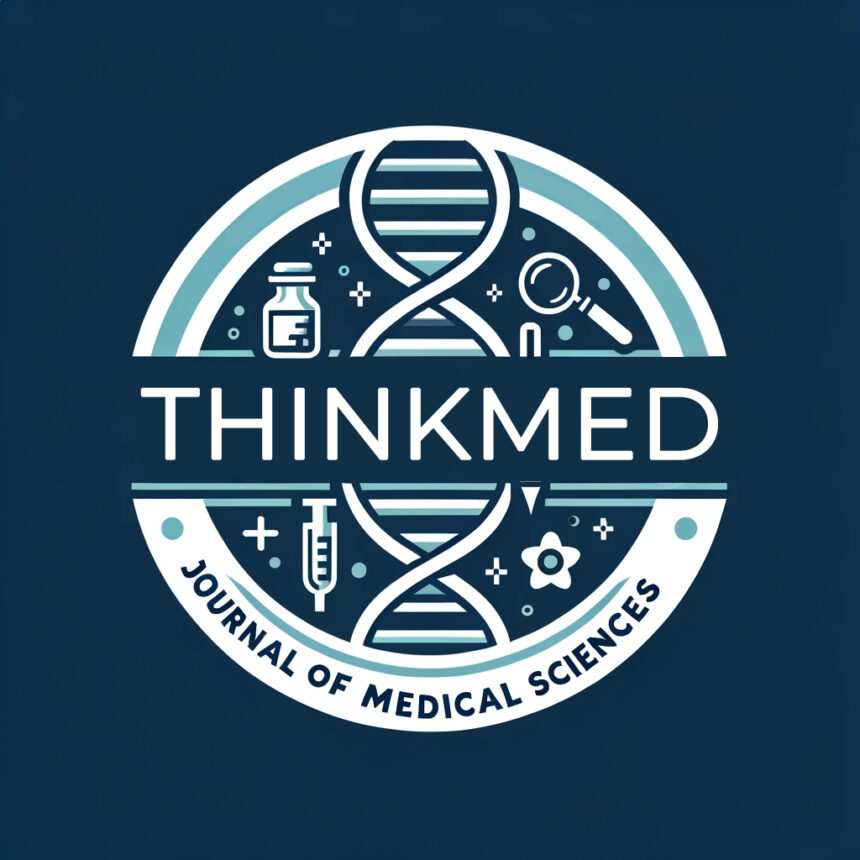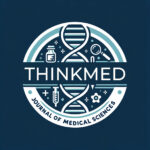Author: Dr. RITIK SAINI, KGMU

Neonatal seizures represent a challenging and critical concern in neonatal medicine. These seizures, occurring within the first 28 days of life, demand a deep understanding of neonatal neurology, a meticulous approach to diagnosis, and prompt intervention to optimize long-term neurological outcomes. While they are relatively rare, their significance lies in the potential for underlying serious pathologies, such as hypoxic-ischemic encephalopathy (HIE), intracranial hemorrhage, or metabolic disorders. This article aims to provide a comprehensive overview of neonatal seizures, including their clinical presentation, etiology, diagnostic workup, and management strategies.
Neonatal seizures are classified into two main categories: clinical and electrographic seizures. Clinical seizures manifest with overt motor manifestations, such as tonic, clonic, myoclonic, or subtle seizures, while electrographic seizures are identified through continuous electroencephalography (EEG) monitoring, often without overt clinical signs. Accurate identification of both types is crucial, as electrographic seizures may be asymptomatic but can cause significant brain injury.
The etiology of neonatal seizures is broad and includes various structural, metabolic, and infectious causes. Hypoxic-ischemic injury, intracranial hemorrhage, and central nervous system infections are common culprits. Metabolic disorders, such as inborn errors of metabolism, electrolyte imbalances, and neonatal hypoglycemia, must also be considered in the differential diagnosis. Early recognition of the underlying cause is essential for appropriate management.
The diagnostic evaluation of neonatal seizures encompasses a thorough clinical assessment, laboratory investigations, neuroimaging studies, and EEG monitoring. Clinically, it is vital to document the semiology, including the type, duration, and frequency of seizures. Laboratory tests should include a comprehensive metabolic panel, blood gases, complete blood count, and blood cultures to rule out infection. Imaging studies, such as cranial ultrasound and magnetic resonance imaging (MRI), aid in identifying structural abnormalities or intracranial hemorrhage. However, EEG remains the cornerstone for diagnosing both clinical and electrographic seizures, guiding further management decisions.
Management of neonatal seizures necessitates a stepwise approach. Initial management aims to stabilize the newborn, ensure adequate ventilation, and administer glucose in the case of hypoglycemia. First-line antiepileptic drugs (AEDs) like phenobarbital or levetiracetam may be used for clinical seizures. However, for electrographic seizures without clinical signs, treatment may still be warranted to prevent neuronal injury, and AEDs such as phenobarbital, levetiracetam, or phenytoin are often employed. Additionally, addressing the underlying cause, such as treating infection or correcting metabolic imbalances, is essential.
Continuous EEG monitoring plays a pivotal role in assessing the effectiveness of AEDs and guiding further management. It helps detect electrographic seizures that may not be clinically apparent and enables titration of AEDs to achieve seizure control while minimizing adverse effects. In refractory cases, second-line AEDs like topiramate, lidocaine, or midazolam may be considered, and consultation with a pediatric neurologist or epileptologist is advisable.
Beyond the acute management of neonatal seizures, long-term follow-up is crucial to monitor for developmental and neurological outcomes. Neonates with a history of seizures, especially those associated with structural brain abnormalities, are at increased risk of neurodevelopmental disabilities. Early intervention services and developmental assessments should be initiated to provide appropriate support and therapy.
In conclusion, neonatal seizures represent a complex clinical scenario in neonatal medicine, requiring a systematic approach to diagnosis and management. A thorough understanding of the diverse etiologies, clinical presentations, and diagnostic modalities is essential for MBBS doctors. Effective management involves addressing the underlying cause, administering appropriate AEDs, and utilizing continuous EEG monitoring to optimize outcomes for these vulnerable neonates. Collaborative care involving neonatologists, pediatric neurologists, and other specialists is paramount in ensuring the best possible prognosis for neonates with seizures.



